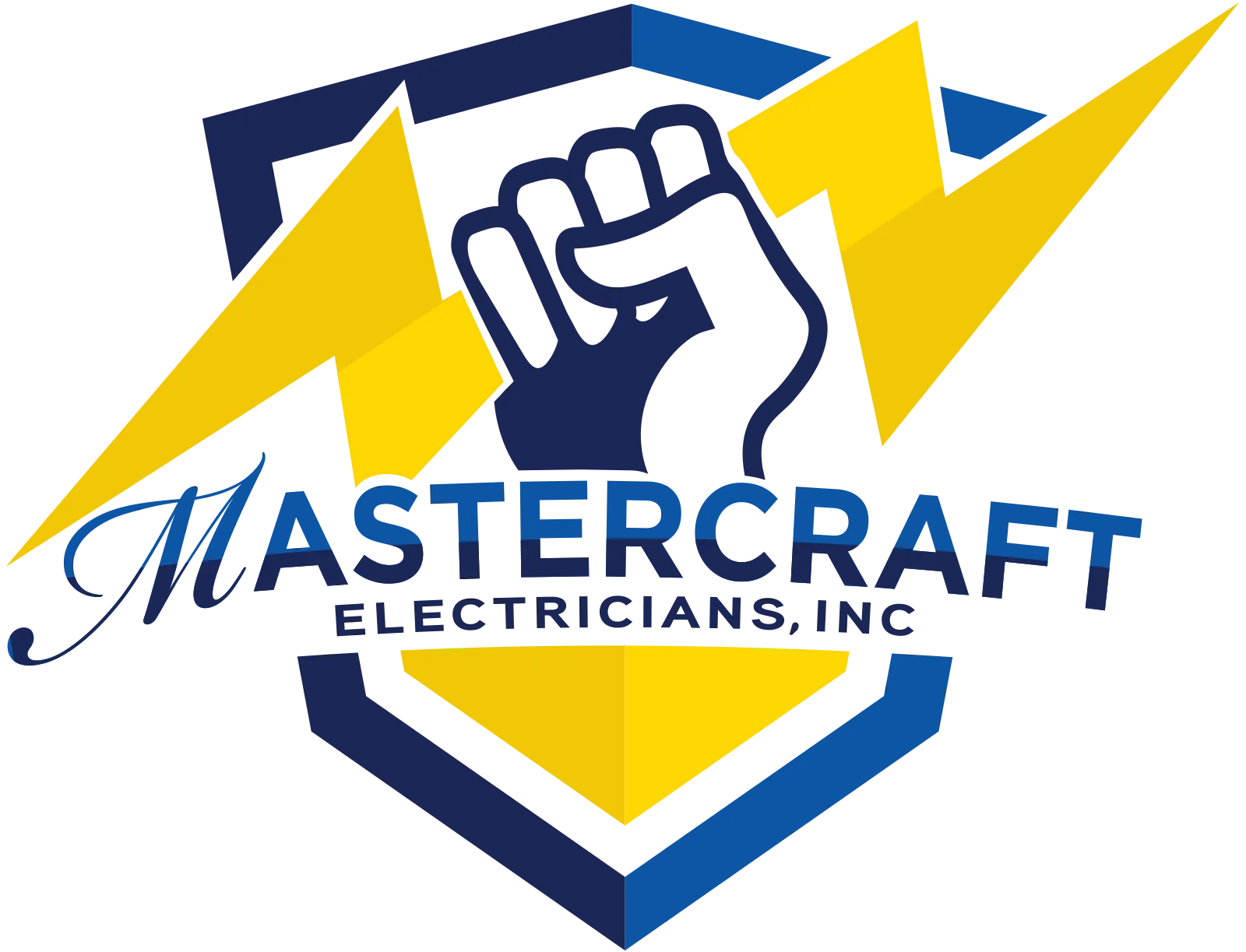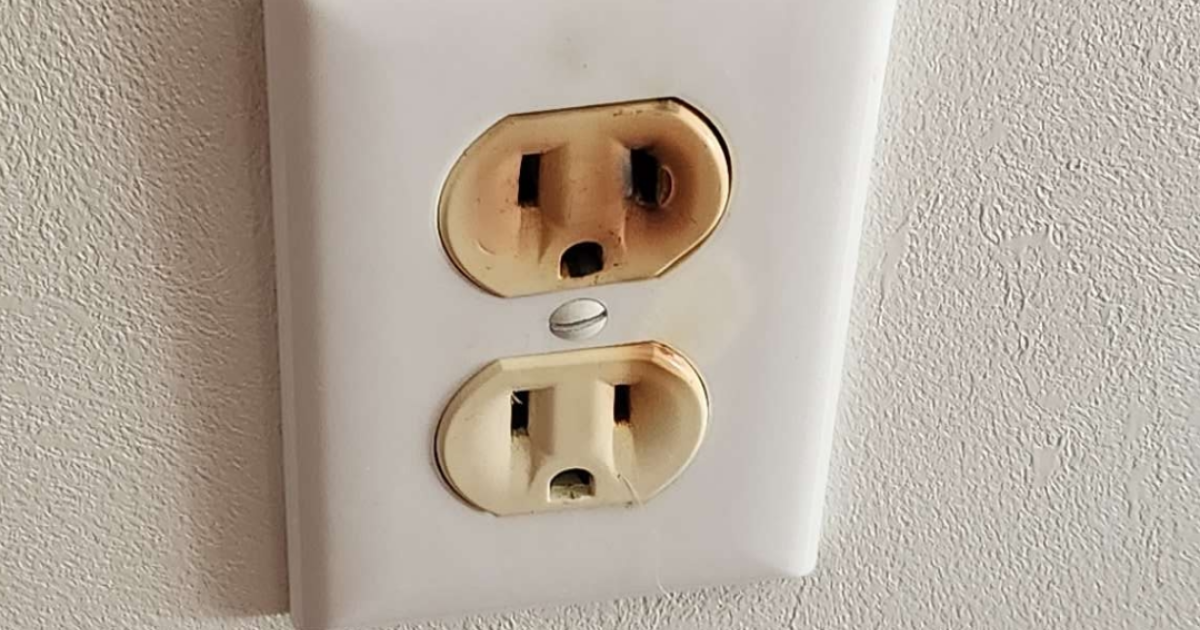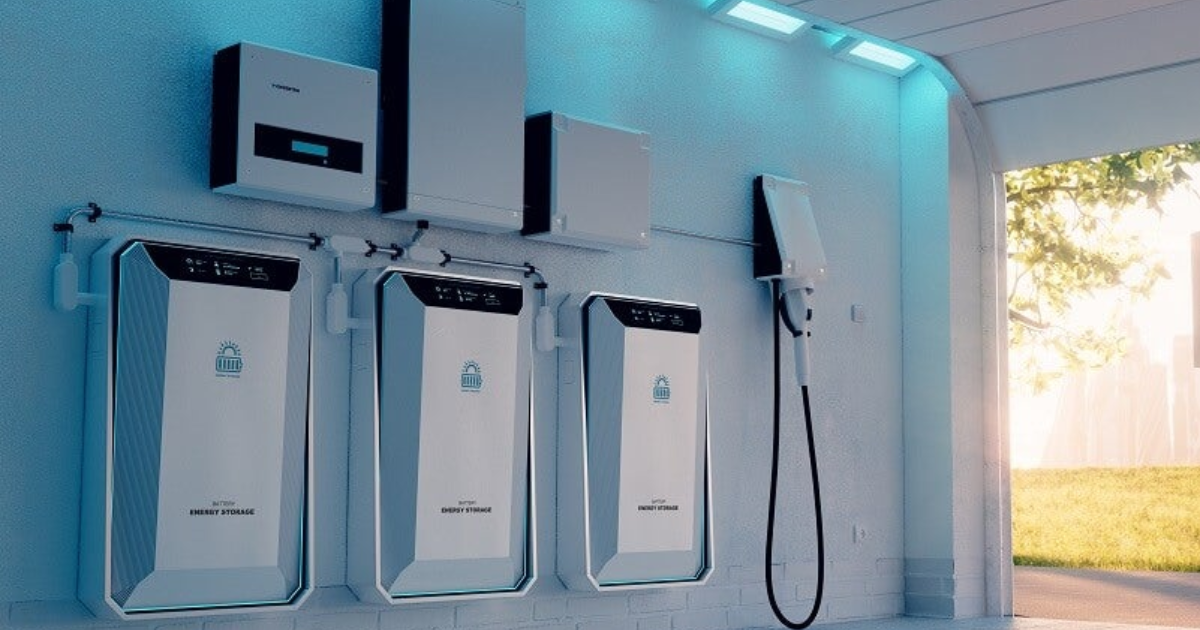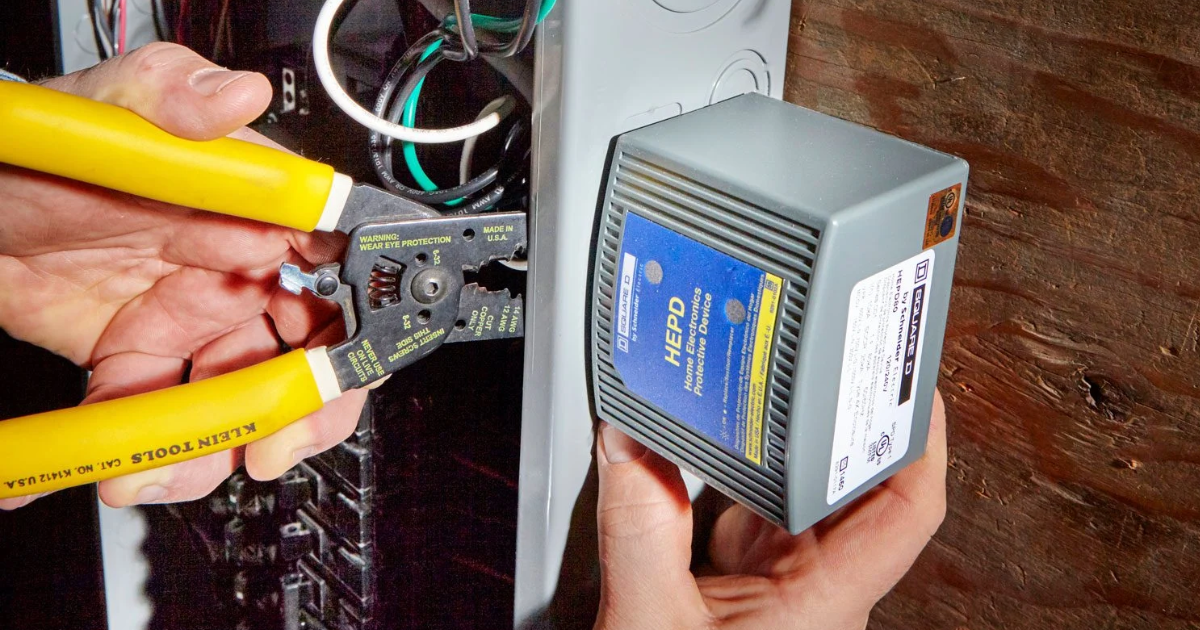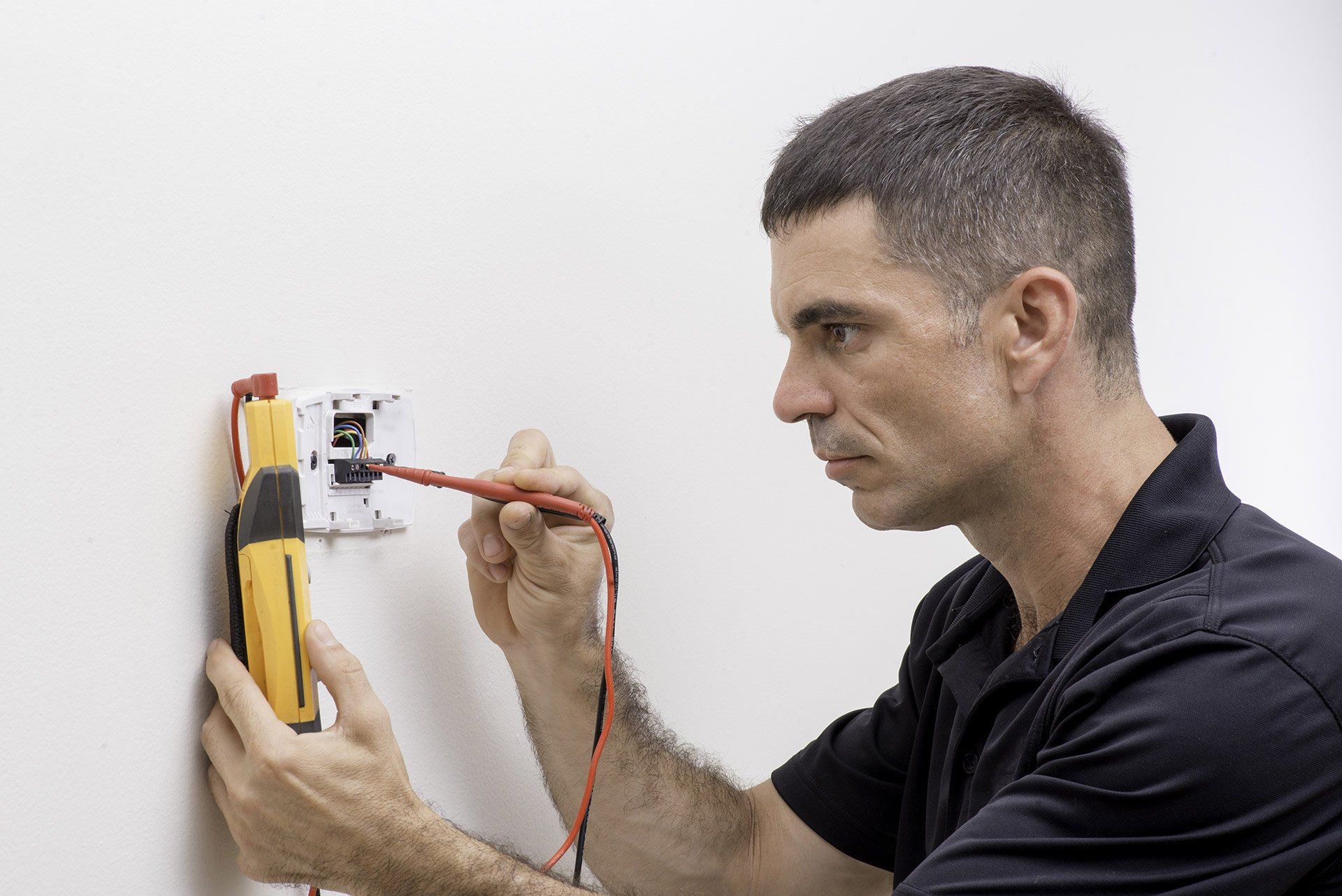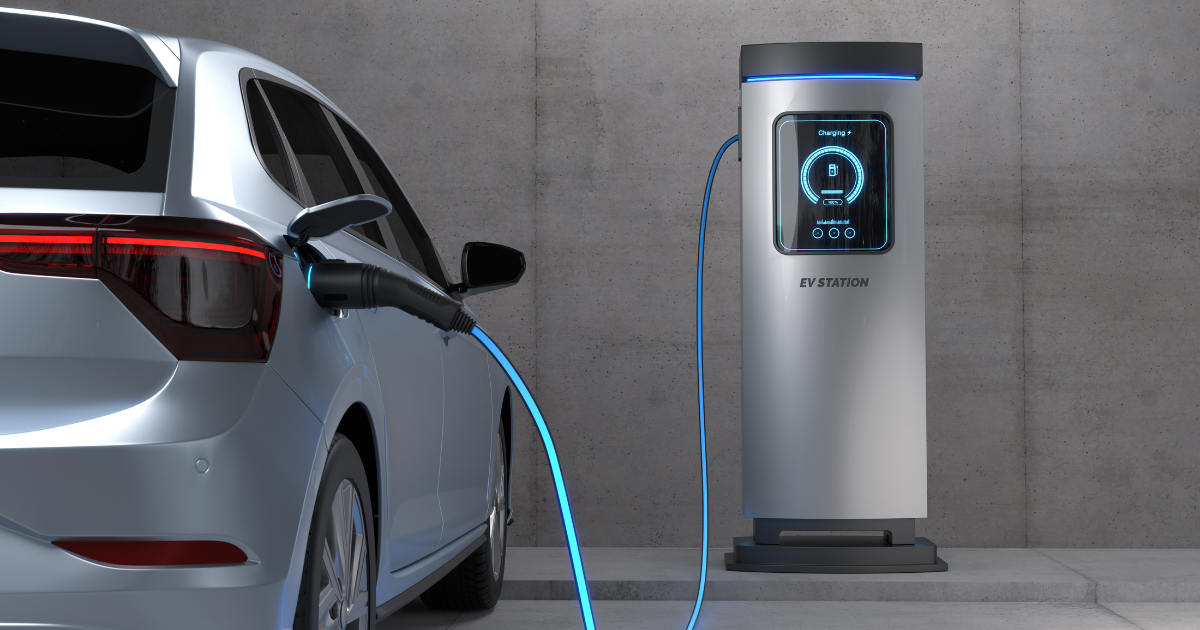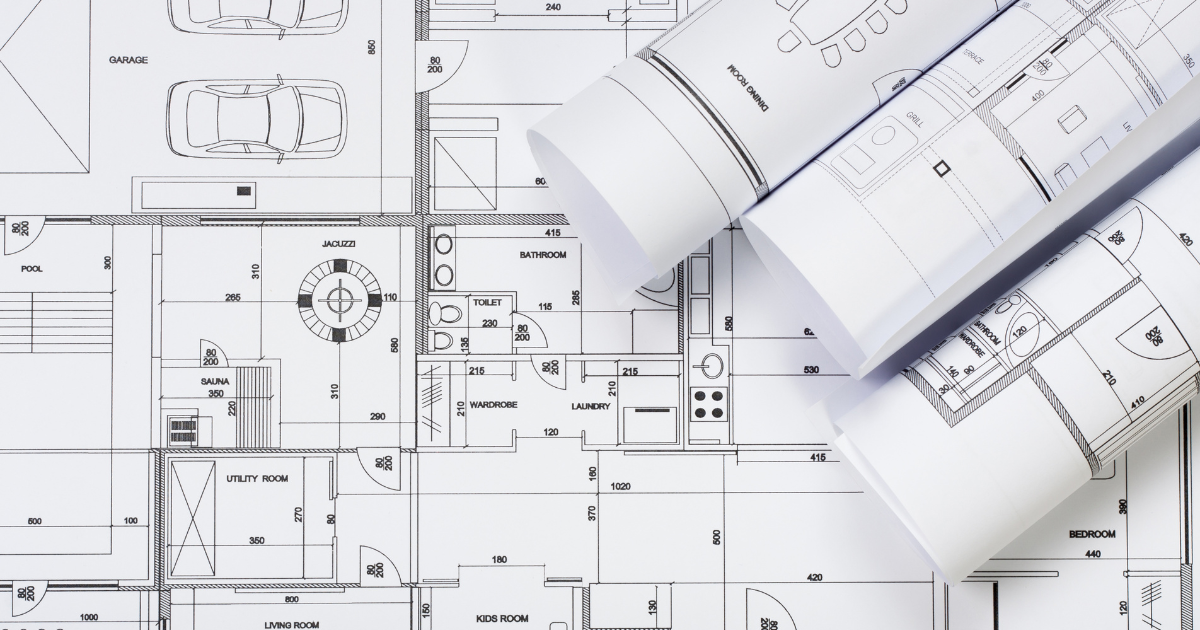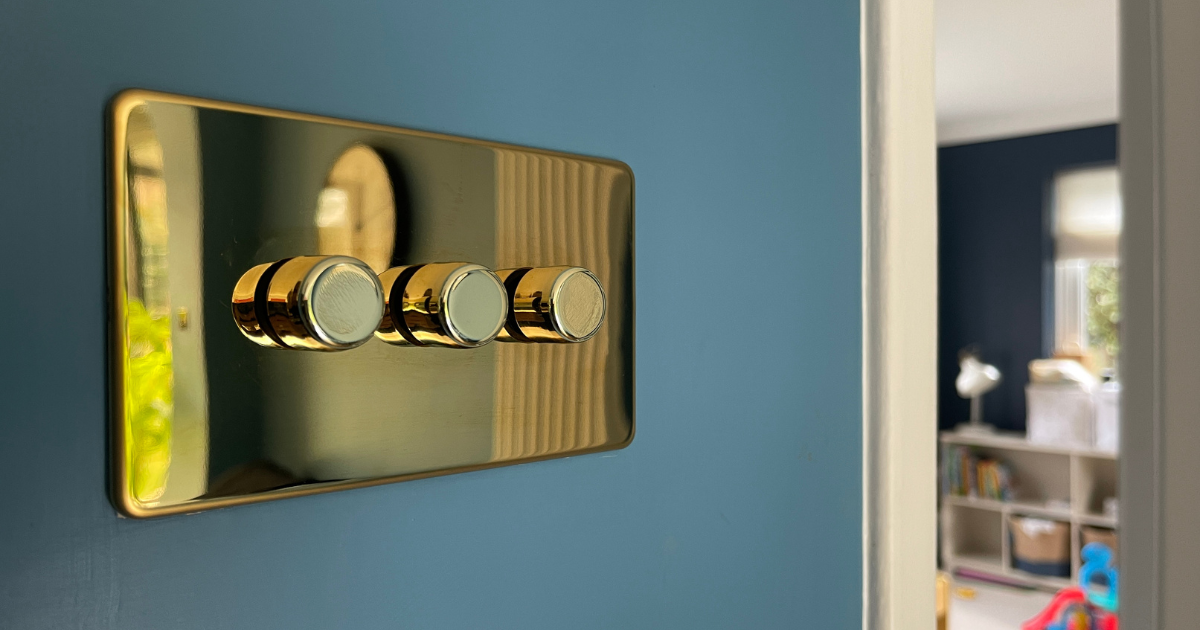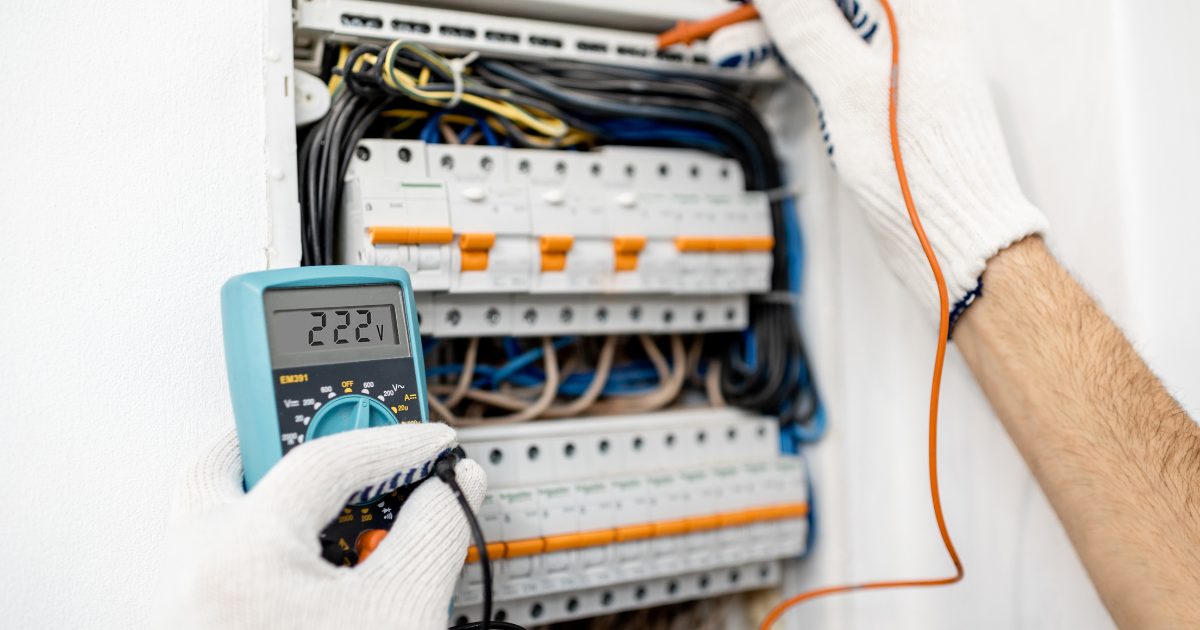The Local’s #1 Choice for Electrical Services | Call or text us today
760-249-7484

Locations
26023 Jefferson Ave. Suite F.
Murrieta, CA 92562
Service Area
San Diego & Riverside Counties
© 2025
All Rights Reserved | Mastercraft Electricians, Inc. | A division of Mastercraft Home Improvement | License #1017799 | Web Design by GoBeRewarded
